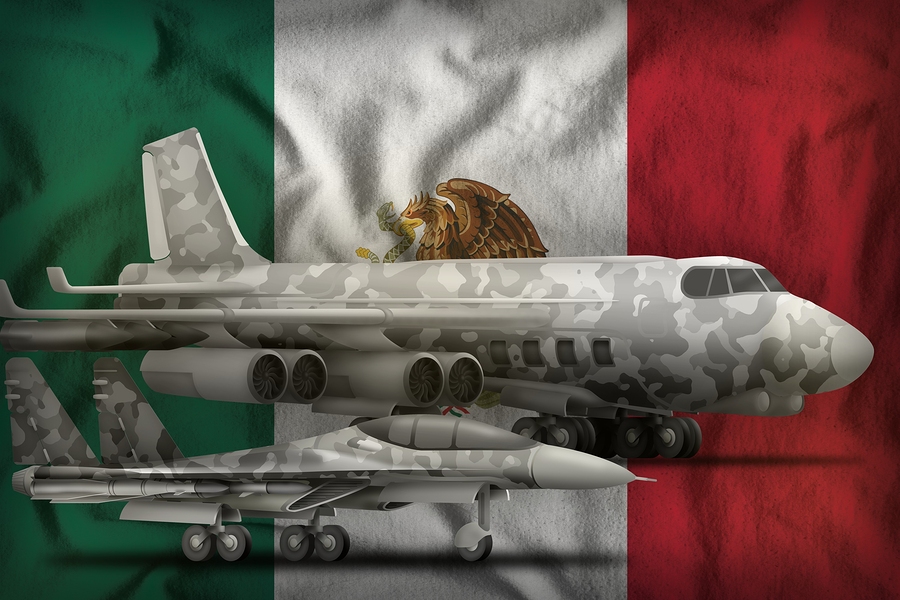In the last few years, Mexico has been entering the highly competitive global aerospace world. In addition to the Mexican companies that are developing, international companies are locating there in large numbers, attracted by the sector’s strength and confident in the current political stability.
Portrait of aerospace in Mexico
With growth of close to 180% since 2009, the sector has been booming for a decade and annually generates sales of $19 billion. Spare parts exports in the aerospace sector tripled between 2009 and 2019 (rising from $2.5 billion to $7 billion), the vast majority of which are destined to the United States (81%). Canada only represents 6% of exports. These good figures testify to the vitality of the economic fabric. On the one hand, Mexico can count on its own companies – some 300 of them – that operate in this sector, such as Altaser Aerospace, manufacturer of spare parts for aircraft wings, whose order book is full for the next 15 years. On the other hand, the country benefits from the presence on its territory of the major players in aerospace and defence, such as Airbus, Boeing, Zodiac, Daher or Safran – the latter, present in Mexico for over 25 years, employs 10,000 people distributed over its 14 Mexican plants. In addition, the Mexican aerospace market has reached a critical threshold, and small and medium enterprises may also be interested in establishing themselves there, now being assured of obtaining reliable and sustainable contracts. So it is that in the spring of 2018 Figeac Aero inaugurated its brand new plant at Hermosillo.
How to keep its competitive advantage?
Due to a construction potential of close to 40,000 aircraft in the next 20 years, aerospace hubs are being developed around the world, particularly in regions offering significant competitive advantages. For this reason Mexico, with its geographic location and unbeatable hourly cost (a worker earns 10 times less than his American counterpart), has good days ahead. This is especially true since the political context appears to be under control in the short and medium term: the three North American countries have finally extended a new United-States-Mexico-Canada Agreement (USMCA) and the victory of the new Mexican president, Andrés Manuel López Obrador, reassures investors about a willingness to tackle a few national scourges, including corruption. However, to remain in the race for a long time in the face of rising Asian competition, Mexican companies may have to increase the hourly rate of their low-skilled staff – to reduce the turnover rate that can reach 20%, further develop their products from A to Z for greater independence from major players and strengthen their investment in research and development to offer products with higher added value.
Mexico appears to have as much need for foreign entrepreneurs as they have of Mexicans, as evidenced by the Mexican financial assistance to welcome enterprises and the involvement of certain foreign aerospace builders or equipment manufacturers in training young Mexicans. Hopefully, this balance will last a long time.
